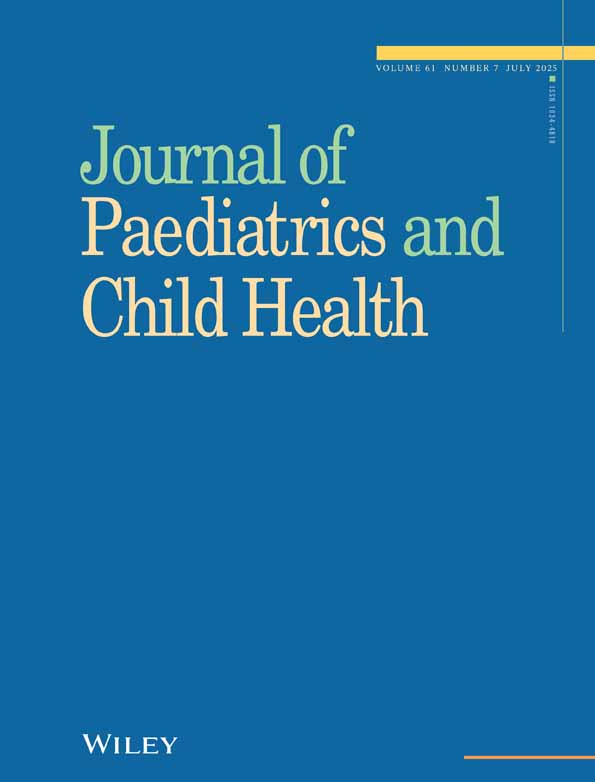THE SYNDROME OF MULTIPLE MINIMAL HANDICAPS
ACTIVE INVOLVEMENT OF THE CHILD, FAMILY AND SCHOOL IN THE MANAGEMENT
SYNOPSIS
A model for secondary prevention is proposed, using the clinical management of the child with SMMH as an example. Its main features are: early intervention with a circumscribed focus on key issues, and an active involvement of the child, parents, teachers and other workers in the diagnosis and management. The model is applicable to children and families who are not grossly disturbed, if the parents are able to work jointly towards the goal of the child's welfare. The aim is to generate self-help within the family the social institutions, and the professional people who have to deal with the deviant child. The approach described involves a departure from the established clinical model in that the patients, teachers and other professional workers are expected to move from the traditional role as passive recipients of care and advice, to a more active one as responsible participants in the process of diagnosis and management. As the demand for clinical services increases and the supply of qualified staff cannot keep pace, clinicians must look for new ways of coping with the ever increasing clinical load by utilizing latent abilities to help.




